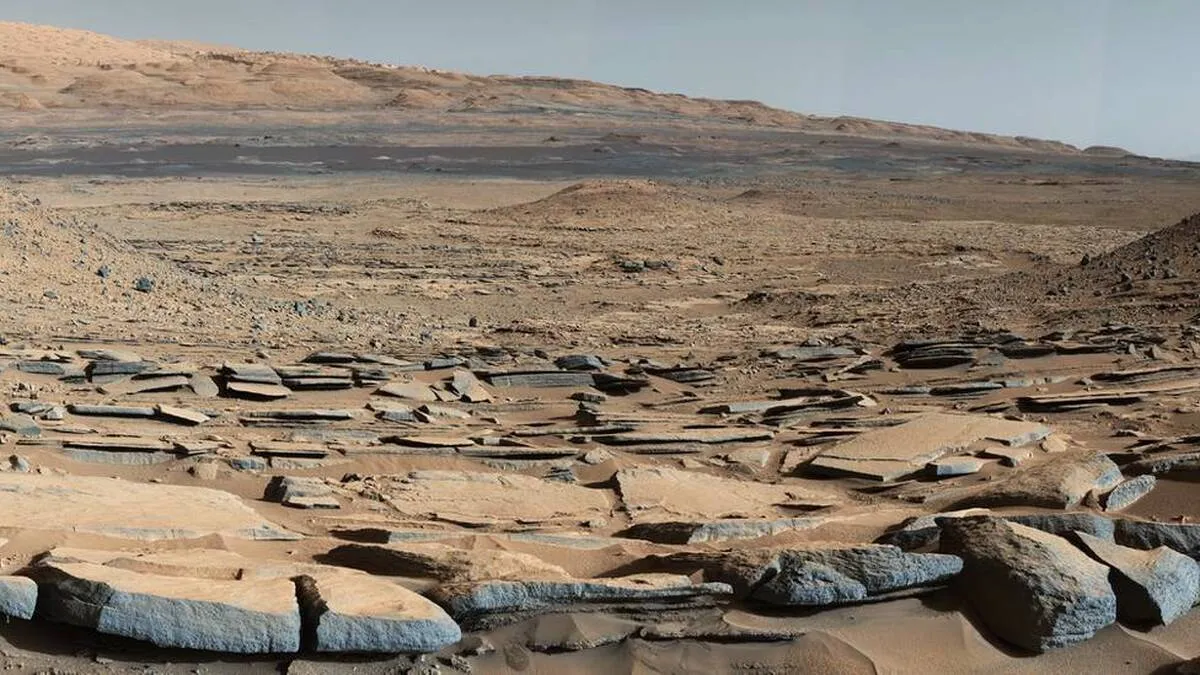Scientists Find Massive Ocean of Water Deep beneath Mars’ Surface

This exciting research comes from an international team of scientists: Dr. Weijia Sun and Dr. Yongxin Pan from the Institute of Geology and Geophysics at the Chinese Academy of Sciences, Dr. Hrvoje Tkalčić from the Australian National University, and Dr. Marco G. Malusà from the University of Milano-Bicocca, the journal National Science Review reported.
Liquid water is one of the key ingredients for life, and it plays a vital role in making a planet habitable. Long ago, Mars had plenty of it—especially during its early Noachian and Hesperian periods, which lasted until about 3 billion years ago. However, over time, as the planet grew colder and drier during the Amazonian period, water disappeared from the surface. A major mystery scientists are now trying to solve is whether any of that water still exists underground today—and if so, how deep it lies.
“The water involves profound questions about life and humanity’s future on the Red Planet,” Tkalčić says.
To dig into this mystery, the team of geologists and geophysicists turned their focus to the planet’s crust. They suspected that its internal structure could hold the key to finding hidden water. Using seismic data from NASA’s InSight mission, the scientists analyzed the wave patterns created by two massive meteorite impacts (named S1000a and S1094b) and the largest marsquake ever recorded (S1222a).
Their analysis revealed something remarkable—a zone 5.4 to 8 kilometers deep where seismic waves slowed down significantly. This slowdown could mean the presence of liquid water at the base of Mars’ upper crust.
The team estimated a maximum water content of 520–780 meters of Global Equivalent Layer (the thickness of a water layer uniformly distributed across the entire surface of Mars), assuming the pores are entirely filled with liquid water.
The research team wants to emphasize that this estimate is based solely on the geophysical inference of the local profile (variation of seismic speeds with depth) beneath the InSight lander, without accounting for lateral structural variations that we should expect realistically. Moreover, the hidden water volume estimate does not account for potentially primordial liquid water within the Martian crust. This finding can be validated by future missions equipped with seismometers on Mars.
The study provides seismic evidence for the presence of substantial liquid water in the upper Martian crust (5.4–8 km). These findings offer critical insights into the Martian water cycle and the evolution of its habitable environments and lay a crucial foundation for future research on the exploration of Martian life.
4155/v





















